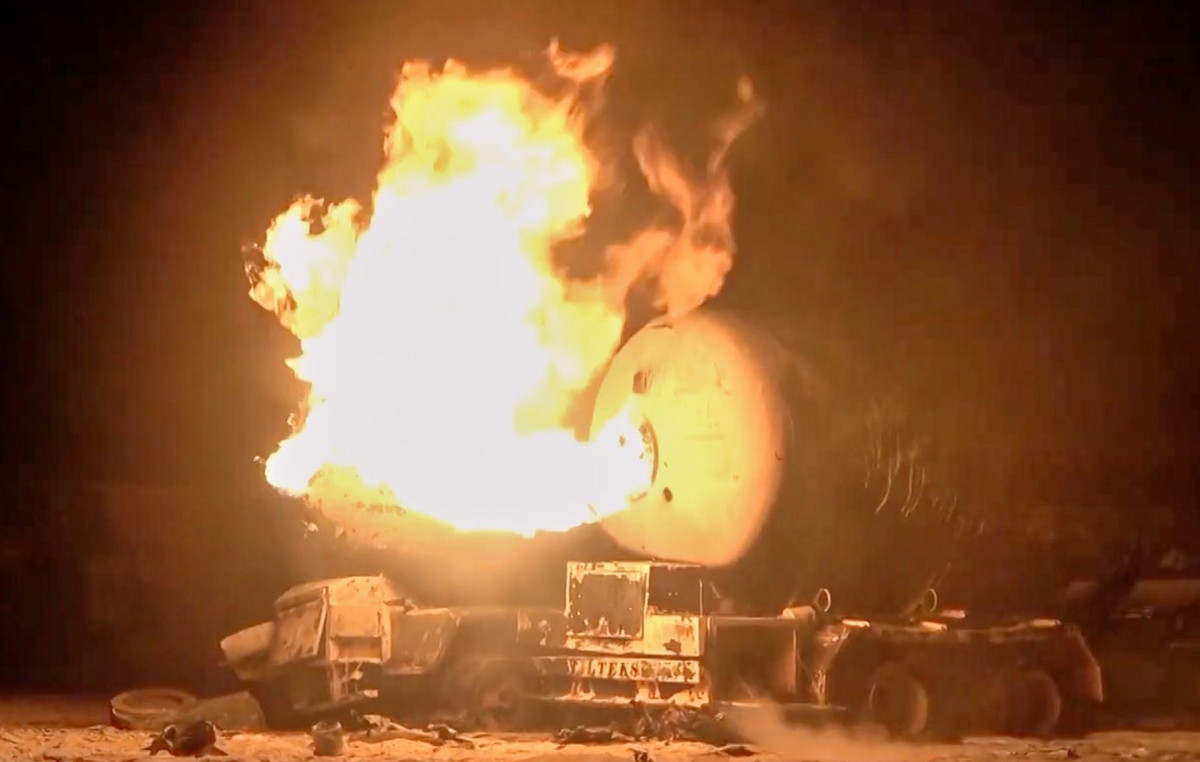Hurricane, typhoon or tropical cyclone There are different names used to refer to the same phenomenon: continuous wind vortices that form over warm ocean waters . When a hurricane makes landfall, it can cause enormous destruction depending on its strength.
Hurricane Milton is advancing towards Florida, in the United States, with the potential to become one of the most destructive storms on record, according to the US National Hurricane Center (NHC).
The phenomenon quickly intensified to an almost unprecedented level, reaching category 5 due to the record heat in the waters of the Gulf of Mexico. It is expected to grow in size, meaning that although it may shrink in category, its impacts will be felt across a much larger area.
What is a hurricane?
Hurricanes or cyclones are centers of low atmospheric pressure that form over the warm waters of tropical oceans, where the temperature can reach around 27° C and water vapor is abundant — although they can occur outside the tropics, when they are called extratropical cyclones.
Rotating winds form around this low pressure area, forming large structures that can reach more than 200 km in diameter. In the Northern Hemisphere, winds rotate counterclockwise, while in the Southern Hemisphere they rotate clockwise.
Not all wind vortices evolve into hurricanes, some are just low pressure centers that move and then disappear, called tropical storms. Hurricanes can last several days and travel long distances — which causes some of them to reach the coast.
Its intensity is measured according to the pressure in the center, that is, in the eye of the hurricane, and the wind speed.
What is the eye of the hurricane?
It is easy to identify a hurricane or cyclone in meteorological satellite images thanks to the formation of a spiral of clouds around an “eye” — a circular area 25 to 65 km in diameter where atmospheric conditions are calm and cloudless. .
The absence of clouds in the eye of the hurricane is due to the intense movement of air, which contributes to an even greater reduction in atmospheric pressure at the surface.
Around the center, walls of vertical convective clouds form, also called the eye wall of the hurricane. It is these clouds that give rise to intense rain, accompanied by lightning and thunder, close to the center of the hurricane.
Winds in this area easily exceed 100 km/h and can reach 200 km/h. Speed usually decreases in areas closer to the periphery of the cyclone.
NASA releases images showing the eye of Hurricane Milton
Know the differences between cyclone, typhoon, hurricane and tornado
This content was originally published in What is the eye of the hurricane? Understand the phenomenon on the CNN Brasil website.
Source: CNN Brasil
Charles Grill is a tech-savvy writer with over 3 years of experience in the field. He writes on a variety of technology-related topics and has a strong focus on the latest advancements in the industry. He is connected with several online news websites and is currently contributing to a technology-focused platform.







